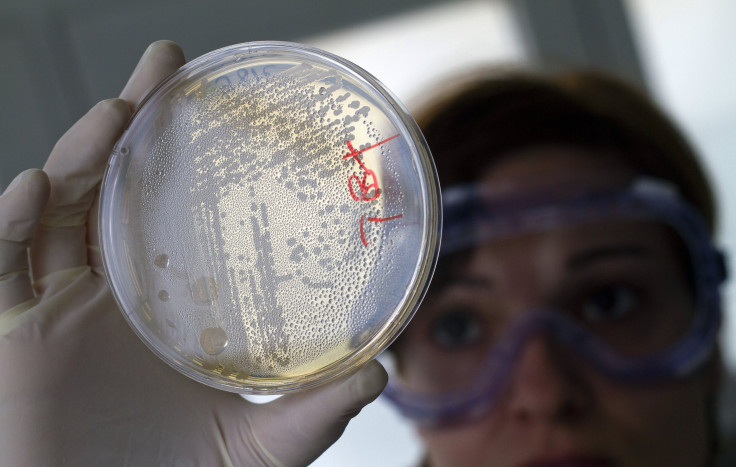Beating Superbug Infections: White House Prepares Plan To Combat Antibiotic Resistance, A Growing And Deadly Public Health Problem

The White House has a new plan to combat the growing and deadly problem of antibiotic resistance after several high-profile superbug infections caused deaths at U.S. hospitals this year. Slated for release Friday, the 60-page report details goals for reducing such infections and outlines the investments and policy changes necessary to do so, Reuters, which obtained a copy of the plan, reported.
The sweeping plan aims to cut back on rates of the most notorious and pervasive infections from antibiotic resistance bacteria, such as reducing infections from carbapenem-resistant Enterobacteriaceae, also known as the deadly CRE superbug recently found on endoscopes in a hospital in California, by 60 percent, Reuters reported. The new strategy also requires hospitals to improve infection control procedures and give patients fewer antibiotics, and it mandates that doctors reimbursed by Medicare and Medicaid, government-funded insurance plans, report how and in what situations they prescribed antibiotics to patients.
In recent months, the U.S. government has devoted greater attention to the problem of antibiotic resistance, which the Centers for Disease Control and Prevention estimates is responsible for at least 23,000 deaths in the country every year. An executive order by President Barack Obama in September put the problem in a national spotlight, establishing a task force to combat antibiotic resistance and calling on that task force to devise a five-year action plan to control antibiotic resistance, which it deemed “a national security priority.” Obama’s proposed 2016 budget also requested $1.2 billion to invest in combating antibiotic resistance.
Antibiotic resistance is the term for when infection-causing bacteria no longer respond to a drug—an antibiotic—intended to kill it. Causes of this phenomenon include the overuse of antibiotics in human medicine, the use of human antibiotics in livestock and the natural propensity of bacteria to evolve to survive drugs targeting them.
As stories of superbug infections spread in medical centers, food supplies and beyond heighten popular awareness and fears of antibiotic resistance, restaurant chains and food companies like McDonald’s and CostCo have announced steps to cut back on the amount of chicken they serve or sell that has been raised with antibiotics.
The expected release of the government’s plan Friday coincides with that of a new study by researchers at Princeton University and other academic institutes projecting that the use of antibiotics in livestock around the world could increase 67 percent between 2010 and 2030.
© Copyright IBTimes 2024. All rights reserved.






















